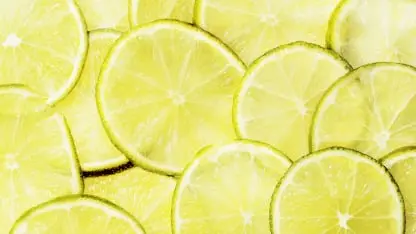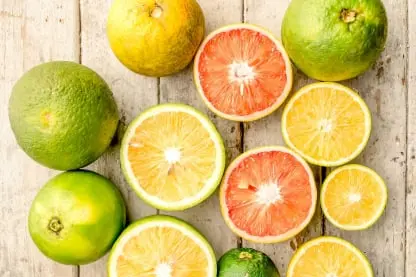Citrus Fresh Produce Inventory Traceability Software:
Citrus Fresh Produce Inventory Traceability Software for citrus quality, less citrus waste, improved citrus packing efficiency. Citrus Fresh Produce Inventory Traceability Software for lemon, orange, mandarin, tangerine, clementine inventory quality traceability audit recall, sales and shipping. Long term citrus storage management with RFID option.

Citrus Fresh Produce Inventory Traceability Software for accurate order filling & production
View Fresh Produce Inventory Traceability Software Specifications.
After a new regulation on the control of citrus canker (Xanthomonas citri subsp. citrus) came into force in Brazil in 2017, the post-harvest sanitization of citrus fruit became mandatory to prevent dissemination of the causal pathogen and enable the commercial trade of citrus to other states and countries. Although several sanitizers are available worldwide for decontamination of fresh produce, only sodium hypochlorite is legally required by the country for decontamination of citrus fruit traded with other states and countries against X. citri in the packing house. Thus, the objectives of this study were to assess the efficiency of chlorine dioxide, peracetic acid, and calcium oxychloride as alternative sanitizers and exposure times of 1 and 2 min for the post-harvest decontamination of citrus fruit against X. citri. Sodium hypochlorite, the legally required standard, was used as control. The sanitizers were evaluated regarding the capacity to eliminate live X. citri in solution immediately or 1 h after exposure to the products and the efficiency in disinfesting artificially and naturally contaminated lime fruit. An additional assessment was carried out to determine the infective potential of X. citri suspensions at different concentrations in order to evaluate the risk of disease dissemination by the remaining bacterial population on the fruit following treatment. All the assessed sanitizers were able to completely eliminate X. citri in suspension immediately after treatment. In artificially and naturally contaminated fruit, the sanitizers promoted a significant reduction of 2.4–2.8 and 1.1 to 1.5 log10 cfu/mL, respectively, in the population of live bacteria when compared to the untreated control. In these experiments, the amount of X. citri that remained on the fruit ranged from 0.5 to 1.0 and 0.1 to 0.3 log10 cfu/mL, respectively, regardless of the exposure time. The labeled concentrations and treatment periods assessed effectively decontaminated fruit with X. citri and demonstrated little or no risk of pathogen spread from treated fruit.
